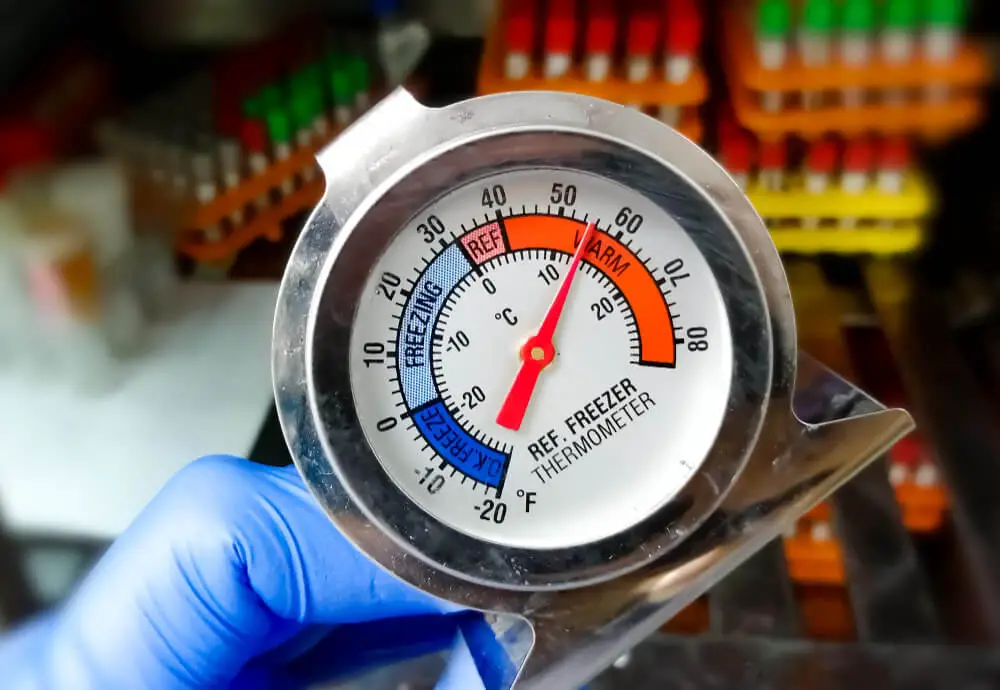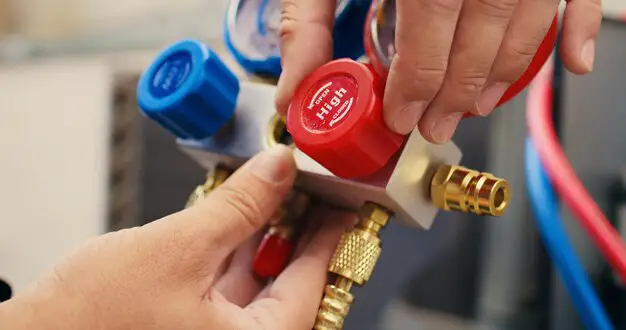Superheat is a critical factor in HVAC systems, and understanding how to calculate it is essential for maintaining optimal performance. In this comprehensive guide, I will take you through the step-by-step process of calculating superheat. We will also discuss the factors to consider when calculating superheat and troubleshooting common issues that may arise. By the end of this article, you will thoroughly understand how to calculate superheat and ensure your HVAC system is operating efficiently.
Superheat is the difference between the actual temperature of a refrigerant vapor and its saturation temperature at a given pressure. It is a crucial parameter in HVAC systems as it indicates the amount of heat added to the refrigerant beyond its boiling point. Calculating superheat allows HVAC technicians to determine if the system is operating within the optimal range and make adjustments if necessary.
How to Calculate Superheat: Step-by-Step Guide

Calculating superheat involves a few simple steps that I will outline below. Before we begin, ensure you have the necessary tools, including a pressure gauge, a thermometer, and a pressure-temperature chart specific to the refrigerant you are working with.
Step 1: Measure the refrigerant pressure.
Start by connecting the pressure gauge to the suction line of the HVAC system. Record the pressure reading in psi or kPa.
Step 2: Measure the refrigerant temperature.
Attach the thermometer to the suction line near the pressure gauge. Allow it to stabilize and record the temperature reading in degrees Fahrenheit or Celsius.
Step 3: Determine the saturation temperature:
Refer to the pressure-temperature chart for your specific refrigerant. Locate the pressure value obtained in Step 1 and find the corresponding saturation temperature.
To calculate superheat, subtract the saturation temperature from the actual temperature obtained in Step 2. The resulting value represents the superheat in degrees Fahrenheit or Celsius.
Factors to Consider When Calculating Superheat
While the basic calculation of superheat remains the same, several factors can affect the accuracy of your results. It is important to consider these factors to assess the HVAC system’s performance accurately.
Ambient Temperature: The ambient temperature surrounding the HVAC system can impact the accuracy of your superheat calculation. Higher ambient temperatures can artificially elevate the suction pressure, leading to inaccurate results. It is advisable to perform the calculation in a controlled environment whenever possible.
Refrigerant Line Length: The length of the refrigerant lines also plays a role in superheat calculation. Longer lines can result in heat gain or loss, affecting the accuracy of your readings. If the lines are excessively long, it may be necessary to adjust the superheat calculation accordingly.
Refrigerant Charge: The proper refrigerant charge is crucial for accurate superheat calculation. An undercharged or overcharged system can lead to incorrect readings. Following manufacturer guidelines and ensuring the system is charged to the correct level is essential.
Troubleshooting Superheat Issues

While calculating superheat is an important diagnostic tool, it can also help identify and troubleshoot potential issues within an HVAC system. Here are some common superheat-related issues and possible solutions:
High Superheat: If the calculated superheat is too high, it may indicate a refrigerant undercharge or a restriction in the system. Check the refrigerant charge and inspect the system for any potential blockages. If necessary, consult a professional technician to address the issue.
Low Superheat: A low value may suggest an overcharged system or insufficient airflow across the evaporator coil. Verify the refrigerant charge and check for any restrictions in the airflow. Clean or replace air filters if necessary and ensure proper airflow is maintained.
Fluctuating Superheat values can indicate a malfunctioning expansion valve or metering device. Inspect these components for any signs of damage or blockages. Consult an HVAC professional to repair or replace the faulty parts if needed.
My Opinion
Calculating superheat is an essential skill for HVAC technicians and plays a significant role in maintaining system performance. Following the step-by-step guide outlined in this comprehensive article, you can accurately calculate superheat and identify any potential issues within the system. Remember to consider factors such as ambient temperature, refrigerant line length, and refrigerant charge for precise calculations.
If you encounter any superheat-related issues, troubleshooting them promptly can help restore optimal system performance. With this knowledge, you can ensure your HVAC system operates efficiently and deliver comfort to its full potential.




